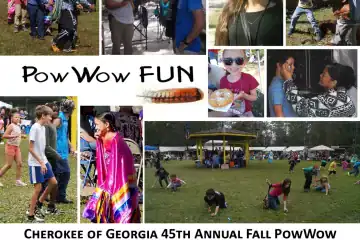More Than Just a Pretty Face: A Gullah Geechee Talisman

Let us begin with a riddle: what is a tree but is not alive, with “leaves” that are blue, clear, or any other color glass can be? If you guessed the bottle tree, you are correct! In honor of Black History Month, let us explore this colorful talisman which originated in Africa and is now a popular garden decoration throughout the United States.
Bottle trees are an arrangement of bottles used to bar evil spirits from entering one’s home. Some historians believe they originated in the Congo area of Africa sometime in the ninth century A.D., while others believe they existed as long ago as 1600 B.C. with the ancient Egyptians, when hollow glass bottles were invented in this region. Ancient people soon began to believe that spirits could live in these glass bottles, possibly due to the sound created when wind passes over the bottle’s mouth.
To fashion bottle trees, Ancient Africans would arrange bottles upside down, often on the tips of dead tree branches, on rods stuck in the ground, or on huts. Bottles also would often be tied to trees near a crossroads or at a prominent public location or meeting place to capture any spirits which may be traveling.
Although these bottles can be any color, they are usually a brilliant blue. This color is most popular due to its association with ghosts and spirits, as Africans believed spirits could not cross water (which is blue in color). This rich color also supposedly has healing powers.
Early Africans adhered to the superstition that when night came, the bottles lured ghosts or evil spirits, who were attracted by the bottles’ being upside down and a blue color. They would then be trapped inside the bottles until morning, when the sun would destroy them. How do you know when there are spirits in the bottle? When the wind blows and the bottle hums, then it is clear a spirit is trapped inside.
Africans brought these folk-art pieces with them to the Lowcountry through the slave trade in the seventeenth century. For the Gullah (people of African descent in the Coastal Southeast), these bottle trees trapped “haints,” a Southern variation on the word “haunt,” which are wandering spirits or lost souls which might wish evil on the living. The enslaved often placed these bottles on crepe myrtles, a tree which the Bible’s Old Testament mentions as representing freedom and escape from slavery.
Today, bottle trees may be found throughout the Gullah Geechee Cultural Heritage Corridor, a 12,000 square mile federal National Heritage Area designated by Congress to recognize the unique culture of the Gullah Geechee people, who have traditionally resided in the coastal areas and sea islands in North Carolina, South Carolina, Georgia, and Florida, from Pender County, North Carolina, to St. Johns County, Florida. Major local sites along this corridor include Cumberland Island National Seashore and Kingsley Plantation at the Timucuan Ecological and Historical Preserve in Jacksonville.
This superstition associated with the bottle tree endured until less than a century ago. In recent decades its significance has been almost completely lost, but now these objects are gaining in popularity nationwide as garden decorations. Today, they symbolize good luck and a bountiful harvest, they commemorate a special celebration, or they simply add sparkling color to a corner of the garden. You may find bottle tree design ideas from Pinterest or even purchase these adornments from Etsy or Amazon.
Now that you know the history and symbolism behind these captivating objects, maybe you will choose to place one in your garden to honor its history or simply to add a pop of color to your yard. After all, these garden additions cannot die and their colors never fade. Plus, it cannot hurt to use every tool at our disposal to ward off evil spirits!
For more local history, join our Cumberland Island Walking Tour or St. Marys Walking Tour!


